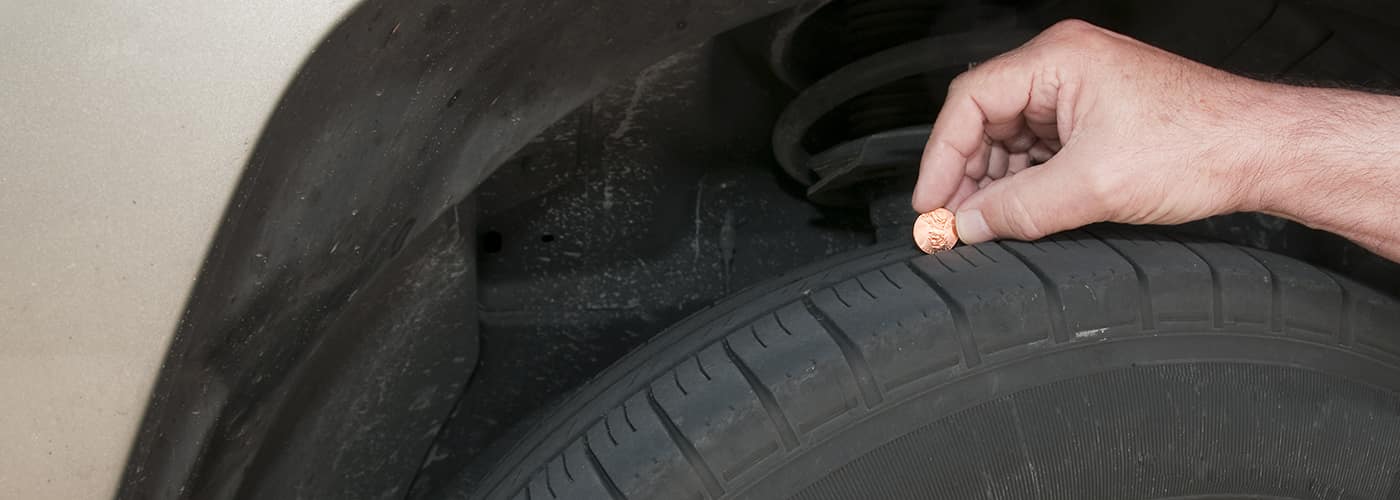Tires carry a wealth of information on their sidewalls; unfortunately, it's all in code. Most of it is of no concern to many owners, but it can be valuable for those who want to know the seasons for which their tires are intended, those who plan to replace their tires, or new-car buyers who are given a choice of sizes and types.
Apart from the name of the manufacturer and the tire model -- such as Bridgestone Turanza EL 400 -- the following marking, from a Honda Civic, is likely the most prominent.
P simply means this is a passenger-car tire. Other codes include T (temporary, as in a spare tire), LT (light truck) and C (commercial). Not all tires include this letter.
205 (the first number) is the tire's width in millimeters.
55 (the number following the slash) is a measure of the tire's profile -- the height of its sidewall relative to its width -- expressed as the sidewall's aspect ratio in a percentage. In this example, the sidewall height is 55 percent of the tire's width, which is 205 mm. The number is known as the tire's series; a sporty tire with shorter sidewalls would be considered a lower-series tire. Off-road tires tend to be higher-series, designed to absorb the impact from rough surfaces.
R means it is a radial tire, which describes the way the underlying layers, or plies, are laid out. The radial design is now so pervasive that the R designation is superfluous -- though it conveniently separates the series and diameter numbers. On some performance tires, an additional letter precedes the R: A ZR designation means the tire's maximum speed rating is above 149 mph (see the key below). This is another unnecessary character; all tires provide a letter designation in the service description, explained below. It follows the size code, sometimes in smaller type.
Speed Ratings Letter / Max. MP
N/87
P/93
Q/99
R/106
S/112
T/118
U/124
H/130
V/149
W/168
Y/186
Z*150
*Z is an open-ended rating that means the tire's maximum speed is, at minimum, 150 mph.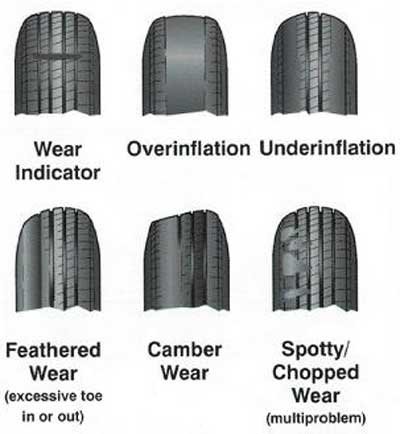
16 (the last number) is the diameter, in inches, of the rim on which the tire fits.
89H is the service description. Separated from the main code, it represents the tire's load and speed ratings. This tire's 89 load index represents 1,279 pounds (per tire), and the speed rating of H represents 130 mph. The speed rating is less important in the U.S., where the speed limits are below even the lowest listed rating (N, or 87 mph). In other countries -- and our own, when no one's looking -- people are known to drive 100 mph and above.
M+S stands for mud and snow, indicating that this is an all-season tire. It's not the clearest of the specs, because there aren't other designations for summer and winter tires: Summer tires simply lack the M+S, and winter tires are labeled M+S and add an icon of a mountain plastered with a giant snowflake. (S, AS and W would be better, but what can you do?) Uniform Tire Quality Grade The following three codes, which appear on the sidewall, typically closer to the tire's tread, are part of the National Highway Traffic Safety Administration's uniform tire-quality grading system. Unfortunately, it's not all that uniform: It appears on all-season and summer tires, but not on snow tires, light-truck tires or spares. Further, the rating comes from the manufacturers, whose results might be consistent from one of their products to the next, but whose universality is questionable.
Unfortunately, it's not all that uniform: It appears on all-season and summer tires, but not on snow tires, light-truck tires or spares. Further, the rating comes from the manufacturers, whose results might be consistent from one of their products to the next, but whose universality is questionable.
TREADWEAR 300 TRACTION A TEMPERATURE A
Treadwear: Uses numbers from 100 to about 700. Theoretically, a tire rated 150 would have a 50 percent longer lifespan than a tire rated 100 if used in the same conditions -- driver, vehicle and roads. Soft summer tires tend to have lower treadwear ratings than all-season tires. Winter tires aren't rated, but their soft compounds make for quick wear when driven off snow and ice.
The uniform tire quality grade is located on the sidewall near the tread. Traction: Uses AA, A, B and C, with AA being the best traction on a wet road. The traction measured is straight-line acceleration and braking. This is not a measure of cornering grip or performance on dry surfaces.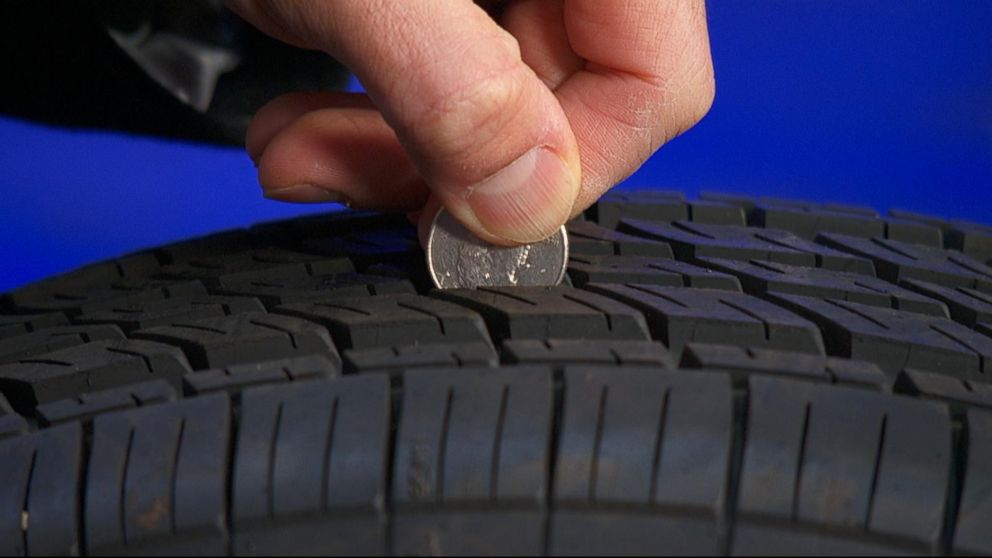
Temperature: Uses letter grades A, B and C, with A representing the best resistance to heat buildup and C the least. The friction of a tire on pavement generates heat, and too much heat degrades high-speed performance and can accelerate aging and failure. C is the lowest permissible rating. Temperature ratings correlate to speed, with C representing 85-100 mph, B representing 100-115 mph, and A covering speeds above 115 mph.
Notes: Arguably, the temperature rating -- like the "Z" speed rating -- is redundant, because it's tied to a speed rating that's presented with greater specificity in the service description. However, it's wise not to buy replacement tires with a rating lower than the originals', and it's a lot easier to match one of three temp ratings than it would be the 11 different speed ratings in the service description.
It's impossible to translate treadwear ratings to miles because where and how people drive plays a critical role. That said, if you think your tires wear out too quickly, consider a higher rating.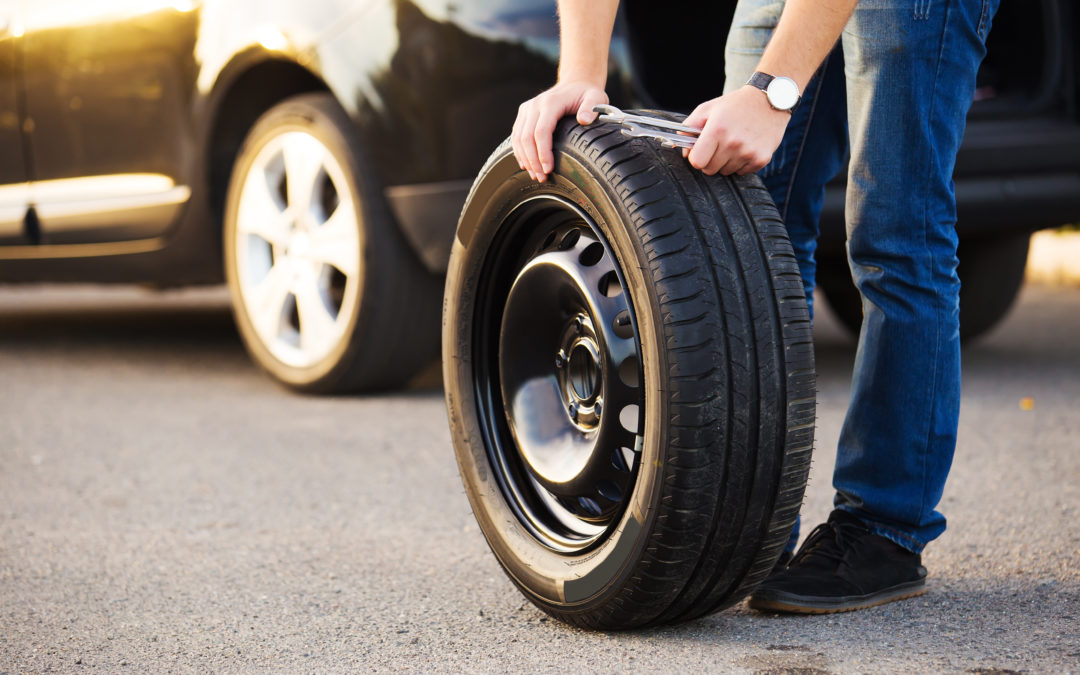 The same goes for traction, but understand that changes in one characteristic typically change others, be it treadwear, noise, ride quality or price.
The same goes for traction, but understand that changes in one characteristic typically change others, be it treadwear, noise, ride quality or price.
Tire Age/Date of Manufacture
Unlike the other, more-prominent specs, the Department of Transportation's Tire Identification Number is of interest to tire owners and buyers alike -- mainly because it includes the week and year of the tire's manufacture, and thus its age. Tire age, not just wear, has become a safety concern.
Found close to the rim, the TIN consists of a series of 10-12 letters and numbers that -- like a vehicle identification number -- are of little use to a consumer. But the last four numbers represent the birth week and year of any tire built since 2000.
DOT h35R YC24 4305
The tire above was manufactured in the 43rd week of 2005. Tires built before 2000 used a three-digit code, where the year was reduced to a single digit. If the tire above were from 1997 rather than 2005, its code would be 437. Would 437 also be the code for a tire made in the 43rd week of 1987? Unfortunately, yes, it would -- and that's why four digits are now used.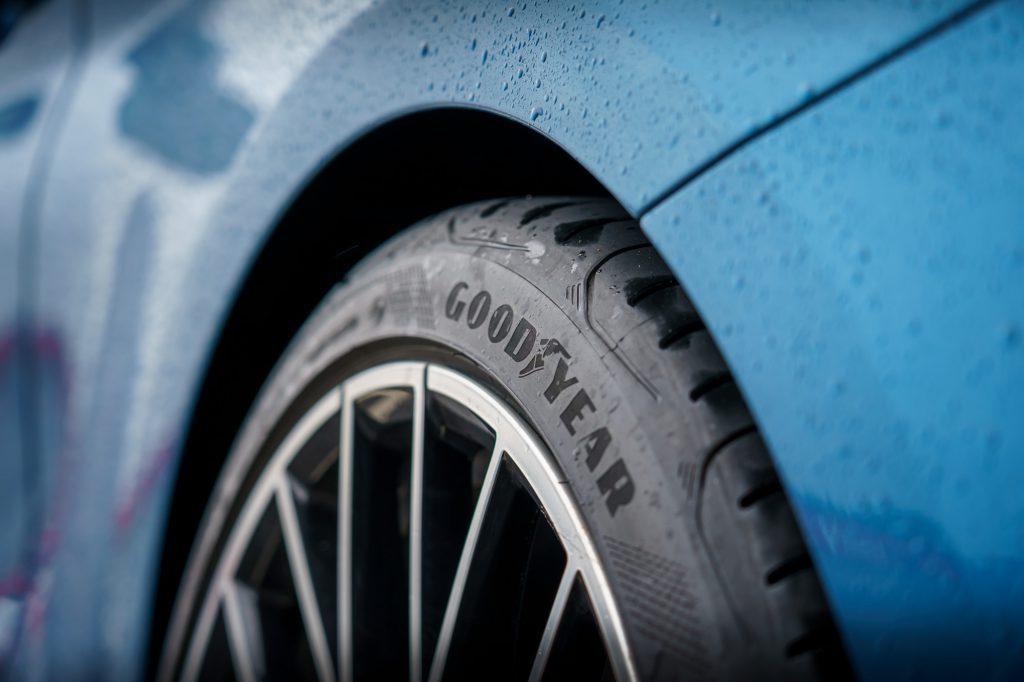
Recently, the effect of tire age on safety has become a concern. Unfortunately, climates and how well a tire is cared for affect its aging, so there are no universal rules. Most tires wear out before age becomes an issue, but some automakers -- mainly German ones -- recommend replacement after six years in service, regardless of wear. Most automakers agree that 10 years is the maximum safe lifespan for any tire, including a spare that has never been used. When buying new tires, it's wise to check their birth date. Treat them like milk: Your family might finish a gallon before its expiration date, but then again, it might not. Why take the chance? For the same money, you should get the freshest milk -- or tires -- you can find. You might wear the tires out long before they're due for retirement, but why buy a set whose clock is already ticking?
What's Not on the Sidewall: The Proper Inflation Pressure
If you look closely enough, you'll probably find a maximum-pressure figure on a tire's sidewall.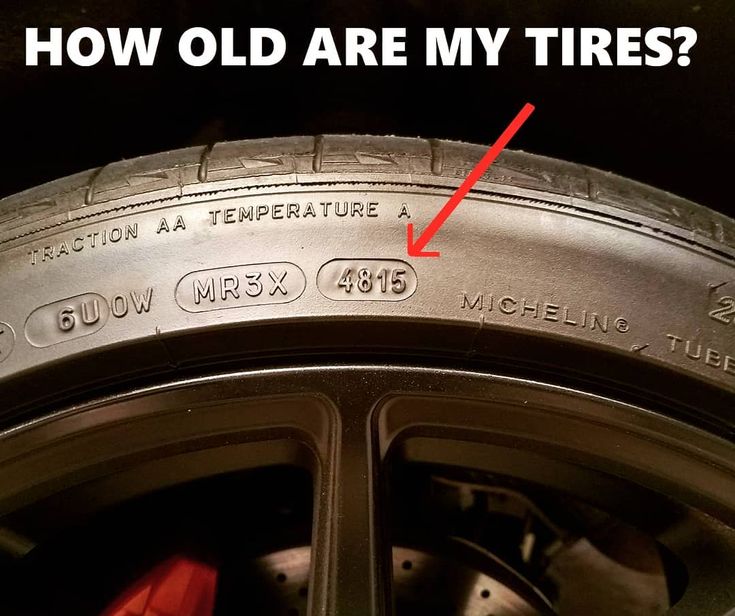 Don't do it. This is not the recommended pressure for you to use; it's the maximum rating for the tire, irrespective of the vehicle on which it's used. Invariably, it's dramatically higher than the pressure you should be using.
Don't do it. This is not the recommended pressure for you to use; it's the maximum rating for the tire, irrespective of the vehicle on which it's used. Invariably, it's dramatically higher than the pressure you should be using.
New cars present the proper inflation pressures on the driver's doorjamb, as required by law. For more information, see Tire Maintenance.
(C) 2013, Cars.com; distributed by Tribune Media Services
If you have recently bought a vehicle, or you have been driving your car or truck for a while but haven’t thought to check out what kind of tires you have, you may be wondering how to figure out what your vehicle is fitted with.
There are many different kinds of tires, and each has been designed for a different driving purpose, and for differing conditions. One main differentiating factor in tire type is what weather conditions it has been designed for – winter, summer, or all seasons.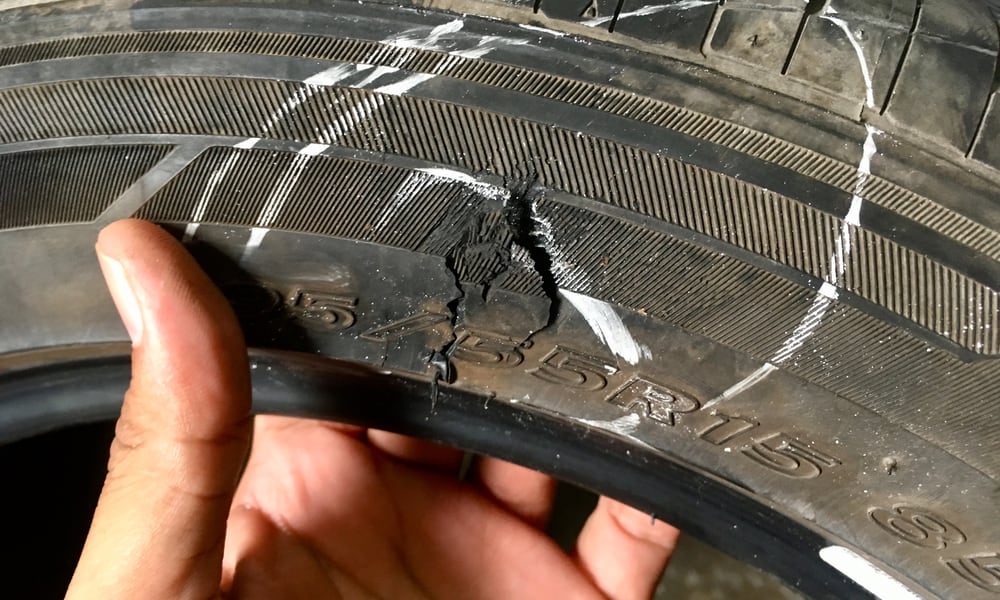
If you are unsure what kind of tires are on your vehicle, then read on, as we have some quick and easy ways to help you identify them different types of tires, which is especially important if you are planning on buying new ones.
Fairly easy to identify, winter tires always have a pictogram with a snowflake and mountains on their sidewall. This symbol - called 3PMSF for Three Peak Mountain Snowflake - means that the tire meets international standards for use in harsh winter conditions, making it a safe and reliable tire for anyone who drives in snowy, slippery, and extremely cold conditions. The tread depth of a winter tire is always at least 4 mm, to ensure a longer life in severe winter conditions.
If you are curious about the optimum outdoor temperature range for winter tires, generally, this value is related directly to the rubber compounds used in their manufacturing. If they bear the three-peaked mountain and snowflake logo, it means these winter tires have been tested in winter conditions under 40 degrees Fahrenheit. While this might seem extreme, temperatures this cold do occur in parts of Canada from time to time. Regular winter tires marked with the M+S logo should be installed when the weather dips under 7 °C, or sooner if snow and ice start falling in your region.
While this might seem extreme, temperatures this cold do occur in parts of Canada from time to time. Regular winter tires marked with the M+S logo should be installed when the weather dips under 7 °C, or sooner if snow and ice start falling in your region.
If you are wondering if you have summer tires installed on your vehicle, there are a few features you can used to identify them. Summer tires are not quite as common as say, all-season tires, and tend to be found installed on high performance vehicles such as sports cars, or cars used solely during the summer months, such as vintage cars. Other features of summer tires include:
As you have read, summer tires are best suited for warm weather driving, but you may have questions about what the ideal summer tires temperature range might be. The suggested temperature range for summer tires is when the weather hits above 45 °F or 7 degrees Celsius. In most parts of Canada, this means that summer tires are best installed near the end of the spring season, or at the beginning of summer – and are taken off and replaced with your all-season tires at the beginning of fall, still depending, of course, on where you live.
The suggested temperature range for summer tires is when the weather hits above 45 °F or 7 degrees Celsius. In most parts of Canada, this means that summer tires are best installed near the end of the spring season, or at the beginning of summer – and are taken off and replaced with your all-season tires at the beginning of fall, still depending, of course, on where you live.
One of the most popular types of tires is the all-season tire. If you are wondering if those are the ones equipped on your vehicle, then here are a few features to look for:
Because they are called all season, these types of tires can be used all year round, as long as you are driving in average conditions. However, if you want to know the temperature range for all-season tires, you should install them when the temperature is between 30 °F and around the freezing mark in Canada of 0 degrees Celsius. These tires will perform well during the winter months, but if you live in a region where you get a lot of snow and ice, or you travel on less well-kept roadways, then you may want to think of putting winter tires on your vehicle when the snowy season begins.
However, if you want to know the temperature range for all-season tires, you should install them when the temperature is between 30 °F and around the freezing mark in Canada of 0 degrees Celsius. These tires will perform well during the winter months, but if you live in a region where you get a lot of snow and ice, or you travel on less well-kept roadways, then you may want to think of putting winter tires on your vehicle when the snowy season begins.
Of course, if you have any questions about what kind of tires to install on your vehicle, or need additional help determining what kind of tires you currently have on your car or truck, it’s best to reach out to a team of tire experts, like the people at blackcircles.ca. Our team is available to answer all your questions on tires, and we can also help find the perfect set of new tires at the best prices in Canada. Just reach out to us by email, phone or use our online chat, and we will be happy to help you out.
discover our best 2021 summer and all season tires
Rubber provides grip on the road and transfers engine power to the asphalt. It is important to choose the right kit for your car so that the operation of the car is as efficient as possible. Each set has such a parameter as tire seasonality. Next, information will be provided on all-season tires, the features of their marking and the properties of this rubber.
In order to identify all-season tires by marking, such tires have an additional designation in the form of the letters M + S. The abbreviation Mud+Snow means that the kit provides reliable traction in difficult weather conditions. In addition, all-season tires are indicated by the symbols 4S, AS or AW (4 Season, All Season or All Weather).
However, it should be understood that, in fact, all-season tires lose to winter tires at low temperatures and lag behind summer tires at serious air temperatures. In fact, these tires are considered rather off-season.
In fact, these tires are considered rather off-season.
Contents:
Various sets of seasonal tires are offered for the car, which differ in their characteristics and composition. Tires for the winter are made of soft grades of rubber, which will allow the tire not to tan. In addition, such products have a developed tread pattern and a high profile, which allows you to cling to snow porridge and effectively drain water.
The difference between summer tires in hard rubber. This tire perfectly tolerates high loads and does not melt while driving, confidently clinging to the surface.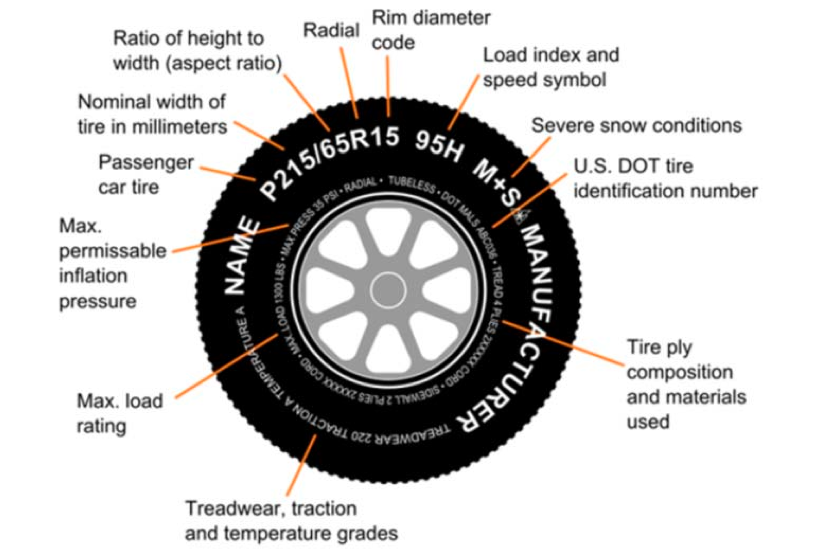 The profile height is small, and the contact patch with the road is the most extensive. However, in low-temperature conditions, it hardens and does not provide proper grip, which results in a long braking distance.
The profile height is small, and the contact patch with the road is the most extensive. However, in low-temperature conditions, it hardens and does not provide proper grip, which results in a long braking distance.
Each set has a concept of tire seasonality. Despite the fact that tires of a certain composition are labeled as all-season tires, such a set is demi-season tires. These all-season tires have a softer rubber compound. In summer, the all-season will overheat and “float”, which will lead to premature wear.
In case of extremely low temperatures, tires will lose to their winter counterparts. Such kits work most effectively at near-zero levels, providing proper grip on cold asphalt, slush or rain. In such conditions, rubber can be used, but it is not worth riding it all year round; it is worth putting profile shoes for the winter or summer season.
Each set has its pros and cons. All season tires are no exception.
Benefits:
Disadvantages:
It is mandatory to have regulated inscriptions on the side surface of the tire. The logo and the name of the rubber manufacturers, as well as the name of the brand, are printed in large letters. Some car manufacturers may recommend certain brands as the most suitable for the model. This is what Chevrolet or VAZ do.
The tire size is also marked on the sidewall of the tire. There is a European type of marking. For example, readings 205 * 35 * R17 make it clear that the width of the tire is 205 mm, the profile height is 45, and the inner diameter is 17 inches. The letter r means that we have a shoe with a radial cord weave.
There is a European type of marking. For example, readings 205 * 35 * R17 make it clear that the width of the tire is 205 mm, the profile height is 45, and the inner diameter is 17 inches. The letter r means that we have a shoe with a radial cord weave.
The American method is similar to the European one, only there are additional letters in front of the numbers, which indicate the "orientation" of the rubber (P - Passanger, LT - Light Track). There is another way in which the standard size is indicated, where the values \u200b\u200bare given in inches. For example, if there is a number 29 * 11 * R18 on the side, its decoding will mean the following:
Another mandatory parameter is the speed index. This is a letter designation that indicates that the car can move at a given speed for several hours. The closer the letter is to the end of the Latin alphabet, the higher this indicator.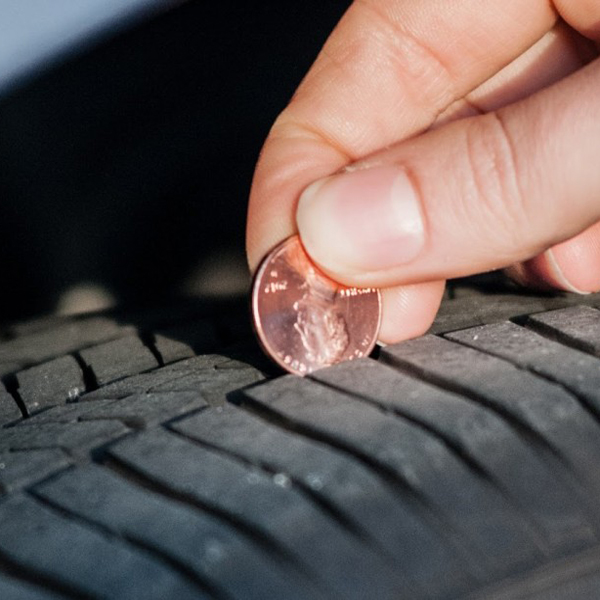 Now the most common are kits with indices S, T, U, H V or W, allowing you to reach speeds of 180-190-200-210-240 or 260 km / h, respectively.
Now the most common are kits with indices S, T, U, H V or W, allowing you to reach speeds of 180-190-200-210-240 or 260 km / h, respectively.
Together with the speed category, tire manufacturers put down two more numbers - the maximum load index. This parameter means that the tire is capable of driving under the specified weight on one wheel, subject to maximum pressure. The indicator is indicated in kilopascals closer to the inner radius.
The higher the value, the greater the load that the wheel can carry. The minimum value in the industry is 1 - 46.2 kg per wheel, and the maximum figure is 279 - 13.6 tons per cylinder.
Sometimes the marking of all-season tires can be supplemented with various badges. Among the additional designations you can find the inscription "Retread". The fact is that some sets are subject to repair and the mixture is re-fused on them and the tread is cut. Remanufactured products bear this designation.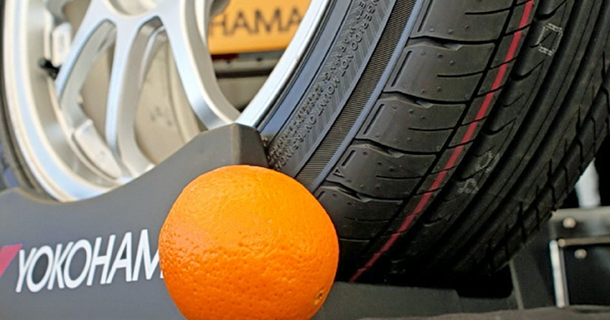 Riding on such rubber does not threaten anything, however, the tire bought by the driver will wear out a little earlier. Fortunately, the price is cheaper.
Riding on such rubber does not threaten anything, however, the tire bought by the driver will wear out a little earlier. Fortunately, the price is cheaper.
Some car tires and rims do not fit together, with fundamental differences in design. So, if you are going to change the tires of a car with your own hands, it is worth remembering that chamber kits must be installed on the corresponding wheels with the designations LK, GK or RK. The symbols LB, GB or RB indicate a combination with tubeless type kits (TubeLess).
Tire installation regulations govern the presence of colored markings. If there is a yellow triangle icon on the sidewall, then this is the lightest part of the rubber. All that needs to be done is to align it with the label on the disk. The red dot indicates the hardest point and should also be aligned with the L mark on light alloy wheels.
Be sure to mark the tire with four digits indicating the date of manufacture of the kit. In the first two, the ordinal number of the week is encrypted, and the last - an indicator of the year in which the wheels were made. The number 2517 indicates that the rubber was produced in the 25th week of 2017.
In the first two, the ordinal number of the week is encrypted, and the last - an indicator of the year in which the wheels were made. The number 2517 indicates that the rubber was produced in the 25th week of 2017.
We told you how to distinguish winter tires from summer tires - by the snowflake icon. However, for choosing shoes for a non-trivial car, this knowledge may not be enough. When purchasing wheels for a crossover, you should imagine where the car will spend most of the time. If in the city, then standard tires with the designation AW (All Weather or Aqua - improved drainage and increased resistance to aquaplaning) are a good fit.
If the car goes beyond the definition of an SUV and you plan to go out into nature, then it is better to give preference to sets with a developed tire tread, improved lugs and increased cross-country ability. Such kits are designated by the letters AT - All Terrain.
New cars > Tires >
Contents
In addition to winter and summer tires, which must be changed with the onset of the respective season, there are all-season tires designed for any temperature.
All-season tire combines the characteristics of summer and winter tyres. It saves the driver from seasonal shifts, but it is a mistake to assume that it can be used instead of full-fledged winter and summer tires.
These tires are designed for countries with a mild climate, where the air temperature in winter does not fall below -7 ° C, and the summer heat is kept within reasonable limits (no more than +25 ° C).
Winter tires have a high tread that protects against snow and deep grooves to drain water. Summer tires provide good grip due to the large contact patch with the surface.
Winter tires are softer, do not “tan” in severe frost, and summer tires are stiffer and do not melt under high temperatures.
The combination of these completely opposite qualities in one product is impossible, therefore, all-season tires can only be used in the temperature range from -5…-7 °C to +25…+27 °C.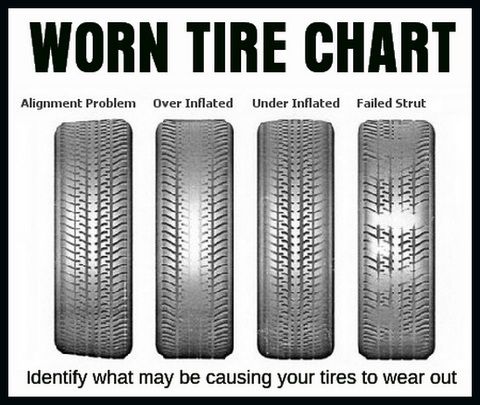
Rubber, which can be used all year round, is made from the same materials as seasonal tires:
The only difference is the percentage of these materials. All-season tires contain less rubber than winter tires and have average hardness.
The protector has a height of 7.5 to 9 mm.
Modern models of all-season tires in most cases have an asymmetric tread pattern.
It consists of two parts:
This type provides effective grip on wet roads and stable handling in light frosts (up to -7 ° C)
Pros and cons that tires of this type reveal during operation:
| Advantages | Disadvantages |
1.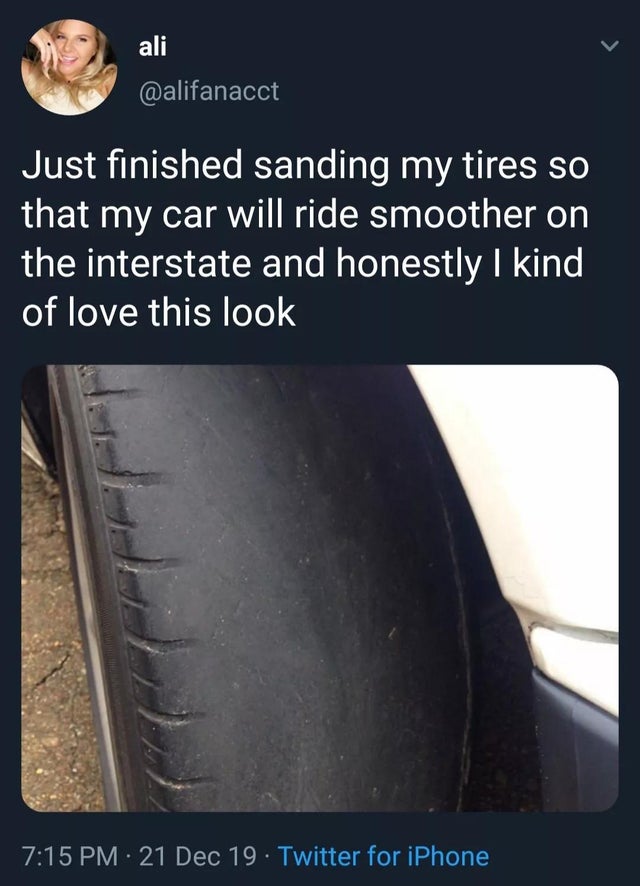 No need to change tires seasonally and store a second set. No need to change tires seasonally and store a second set. |
2. Save money on buying a second set.
3. Good handling on wet pavement.
2. Heavy wear at high temperatures (above +25°C).
3. Increased fuel consumption at high temperatures.
Tread
Well-known all-season tire manufacturers:
Speed indicators are indicated by letters. The marking indicates the ability of the tires to develop one or another speed.
| Maximum speed (km/h) | Speed index |
| 120 | L |
| 130 | M |
| 140 | N |
| 150 | R |
| 160 | Q |
| 170 | R |
| 180 | S |
| 190 | T |
| 200 | U |
| 210 | H |
| 240 | V |
| 270 | W |
| 300 | Y |
| Over 300 | Z |
The load index determines the carrying capacity of the vehicle
| Index | Weight, kg | Index | Weight, kg | Index | Weight, kg | Index | Weight, kg | Index | Weight, kg |
| 62 | 265 | 75 | 387 | 88 | 560 | 101 | 825 | 114 | 1180 |
| 63 | 272 | 76 | 400 | 89 | 580 | 102 | 850 | 115 | 1215 |
| 64 | 280 | 77 | 412 | 90 | 600 | 103 | 875 | 116 | 1250 |
| 65 | 290 | 78 | 425 | 91 | 615 | 104 | 900 | 117 | 1285 |
| 66 | 300 | 79 | 437 | 92 | 630 | 105 | 925 | 118 | 1320 |
| 67 | 307 | 80 | 450 | 93 | 650 | 106 | 950 | 119 | 1360 |
| 68 | 315 | 81 | 462 | 94 | 670 | 107 | 975 | 120 | 1400 |
| 69 | 325 | 82 | 475 | 95 | 690 | 108 | 1000 | 121 | 1450 |
| 70 | 335 | 83 | 478 | 96 | 710 | 109 | 1030 | 122 | 1500 |
| 71 | 345 | 84 | 500 | 97 | 730 | 110 | 1060 | 123 | 1550 |
| 72 | 355 | 85 | 515 | 98 | 750 | 111 | 1090 | 124 | 1600 |
| 73 | 365 | 86 | 530 | 99 | 775 | 112 | 1120 | 125 | 1650 |
| 74 | 375 | 87 | 545 | 100 | 800 | 113 | 1150 | 126 | 1700 |
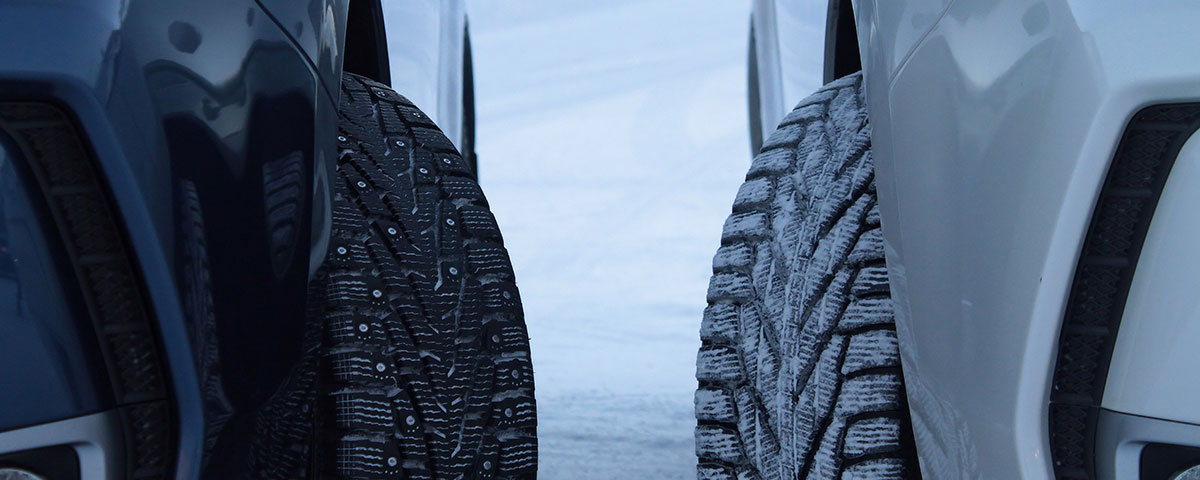 Analysis on the example of
Analysis on the example of All-season tires are usually marked with AllSeasons (abbreviated as AS). Sometimes you can find the designation of all-season tires on tires
as AnyWeather or AllWeather, which is basically the same thing. It is also indicated by graphic drawings:
All season designation on sidewall
Let's analyze the designations of all-season tires using an example. For analysis, we take rubber with the following parameters:
LT 275/70 R18 124 Q, Tubeless, All weather,Right

Marking interpretation
Consider several tire models from well-known manufacturers.
| Advantages | Disadvantages | Cost |
Hydroplaning resistance (slip on wet asphalt)
Short braking distance
Not suitable for off-road
Good adhesion to all types of surfaces
Quick response to brake and gas pedals
Poor flotation in mud and clay
Good stability and grip with
coatingShort braking distance dry
Snow flotation and handling
Durability and side cut protection
Heat resistant
* Prices are valid as of 22.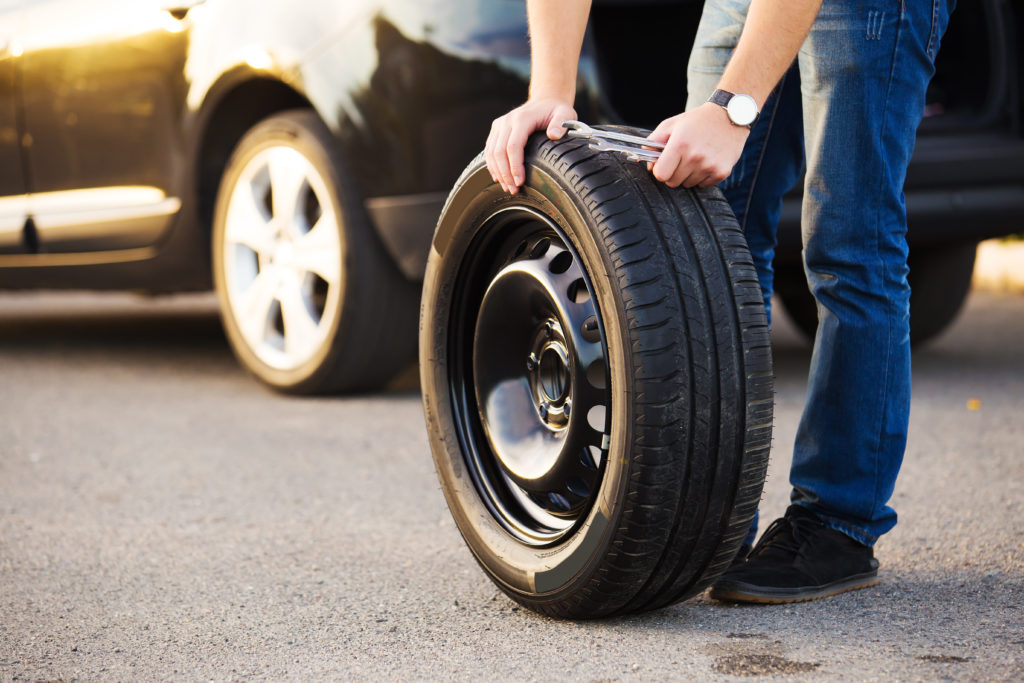 10.2018
10.2018
Goodyear Vector 4 Seasons 9 Tire0003
Tires from the expensive category are usually of higher quality, but in some respects they can be inferior to average or even budget ones. Therefore, when choosing, it is important to focus on the type of all-season tires and indicators that are relevant for a particular car and its operating conditions.
| Positive | Negative |
| Dunlop Grandtrek has already driven 85,000 km without changing shoes. Handles well on any road, both dry and wet. My opinion is that if you take an all-season, then only an expensive one, then there will be an effect. | When I bought tires, the sellers persuaded me to buy all-weather tires. They just forgot to say that even at + 20, fuel consumption rises greatly. The rubber becomes soft and prevents rolling. On my car, consumption has increased by almost a third. At the current price of gasoline, this is very unprofitable.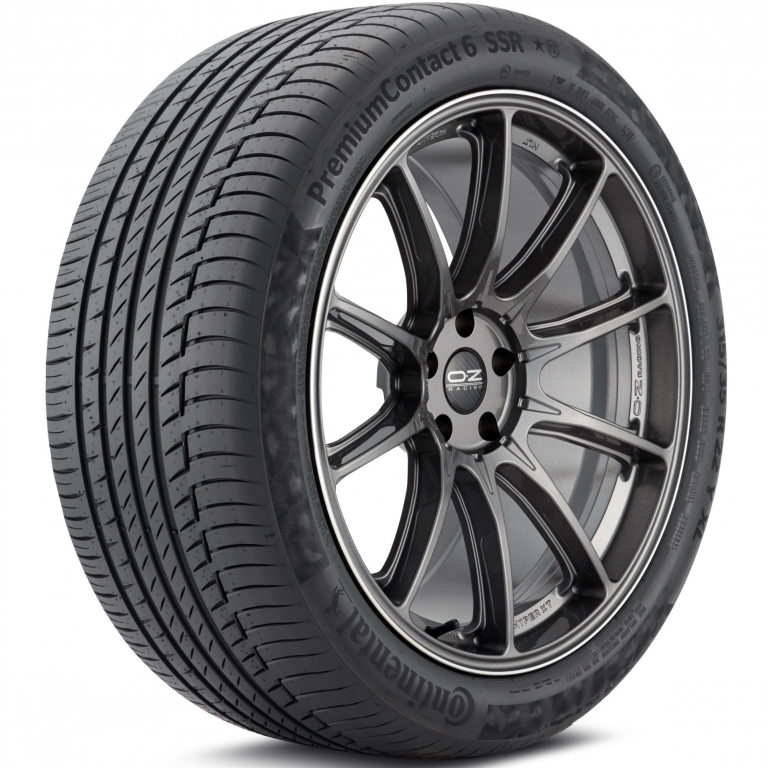 |
| Our climate is warm, frosts are rare, so I bought all-weather tires last year. After winter operation, I can say that they work perfectly. Of course, they are inferior to winter ones, but they keep the road normally. If you drive calmly, there will be no problems. I do not know how she will behave in the summer, but so far I am satisfied. | All-season tires are not suitable for our climate, whatever one may say. In winter it slips, in summer it makes it difficult to move. I had an all-weather season on Qashqai from the factory, I had to buy winter tires. I thought I would ride my relatives in the summer, but in the heat they also behave badly, the car immediately loses speed, and adds fuel. |
Installed Yokohama Geolandar tires on X-Trail. Friends actively dissuaded from the all-season, but I took a chance. I want to say that all my fears were in vain. In the summer it does not float, in the winter the control is normal. Braking is fine too. Braking is fine too. | Bought a car with all-weather tires. Although I have a great driving experience, it is very dangerous to drive it. You never know how you will behave. And the car goes very hard on the all-weather season. When I set the usual winter, I immediately felt the difference. |
| I mainly drive around the city, and if it gets very snowy, I have the opportunity not to leave at all until the roads are cleaned. So I bought all season tires. No problems with changing shoes and storage, I ride quietly until they wear out. | If you count all the shortcomings, it turns out not economically. All-weather tires wear out faster and are more expensive. In severe weather conditions, you can not ride it. I personally changed the factory all-weather tires for winter and summer. |
* Reviews taken from sites: http://www.expertcen.ru/, shiny-diski.com.ua, http://7fm.by/, infoshina.com.ua.
It is advisable to use all-season tires all year round in the following cases:
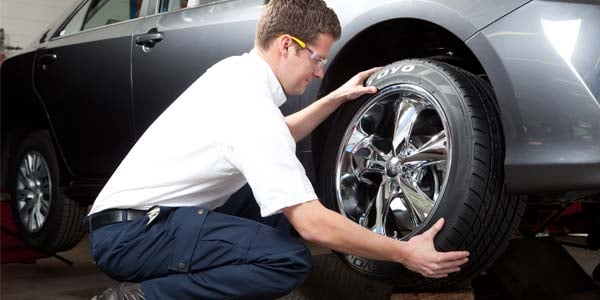
It is necessary to use such rubber only in a suitable temperature regime, and in no case should you drive on all-season tires in a snowstorm, ice or thirty-degree heat, as this may be unsafe.
In Russia, Ukraine, Kazakhstan and other countries with a similar climate, it is imperative to have a set of winter and summer tires. It must be replaced in accordance with the weather conditions (from +5…+7 °C).
The cold will come soon, which means that motorists will have to drive on the roads both in snowy frosty weather and in rainy weather. It is impossible to determine when it will snow or when the roads will be covered with ice, so you need to prepare your car in advance for the upcoming weather changes. But what is the best tire to choose? What is better: winter or all-season tires? Many motorists believe that they will be able to get through the winter on all-season tires, because it is cheaper, and you don’t need time to change shoes. But is it? Let's try to figure this out.
But what is the best tire to choose? What is better: winter or all-season tires? Many motorists believe that they will be able to get through the winter on all-season tires, because it is cheaper, and you don’t need time to change shoes. But is it? Let's try to figure this out.
All season tires are a type of tire with a tread pattern that is less pronounced and thinner than winter tires. But the composition of the rubber is no less solid than that of summer tires. In layman's terms, all-season tires are a cross between summer and winter tires. They are quite capable of providing good grip on dry and wet road asphalt, but flotation on snowy or icy roads is problematic for them. All-season tires could be perfect for countries where a mild climate is common both in winter and in summer, but, for example, they are not appropriate for Russia.
Winter tires are specially designed for winter driving. They have a strongly pronounced pattern, and can also be with and without spikes.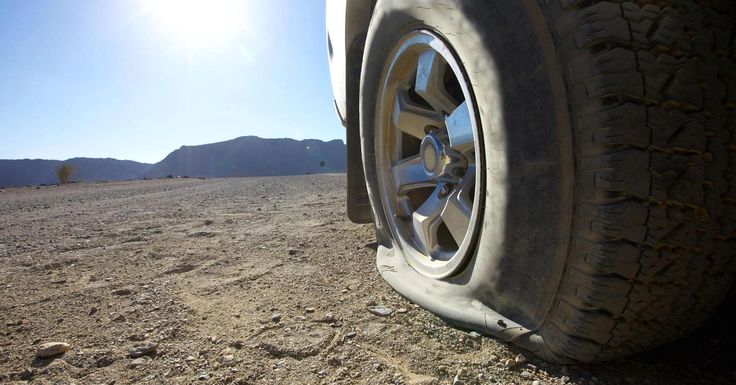 Due to the unique ability of winter tires to warm up while driving, the tires become very soft and elastic. Therefore, they may be suitable for driving on snowy roads.
Due to the unique ability of winter tires to warm up while driving, the tires become very soft and elastic. Therefore, they may be suitable for driving on snowy roads.
If we compare all-season tires with winter tires, we can see that both of them have both positive and negative sides. But still, the motorist must determine for himself some priorities. Unlike all-weather tires, winter tires have better grip on the road surface. There is also a difference in the cost of rubber. Winter tires cost a little more, probably because of the better performance. Unlike all-season tires, winter tires cannot be driven in the summer, otherwise they will simply melt right on the road.
Also, all-season tires do not make much noise on the road, but winter ones cannot boast of this. If we talk about ice cover, then it is very dangerous to use all-season tires, but winter tires adhere perfectly even with this type of surface. If we talk about racing cars, then all-season tires can be immediately excluded, since they are not at all suitable for fast driving, and even in winter.![]() The most compelling argument in favor of winter tires is the Russian climate, because the winters here are very severe, and it will become impossible to leave the garage on all-season tires.
The most compelling argument in favor of winter tires is the Russian climate, because the winters here are very severe, and it will become impossible to leave the garage on all-season tires.
The right choice of car wheels will allow you to move with comfort and safety. Rubber must strictly correspond to the season, road and temperature conditions. Incorrect use of wheels significantly increases the braking distance, the service life of the wheels, and the economy of movement. It is not surprising that manufacturers produce summer and winter tires, and today universal all-season tires are becoming especially popular. It is worth figuring out how to distinguish winter tires from summer tires, and for this you need to study the main characteristics of the wheels.
Tires for the cold season are characterized by a carved and deep tread pattern, which can look like a familiar herringbone or chaotic depressions. Lamellas or zigzag cuts on the tread are the virtues of winter tires. It is they, as well as checkers and deep grooves, that provide effective removal of snow and water, increase the coefficient of adhesion on the road. There are two main types of tread pattern for winter:
It is they, as well as checkers and deep grooves, that provide effective removal of snow and water, increase the coefficient of adhesion on the road. There are two main types of tread pattern for winter:
Scandinavian - the pattern is sparse, the checkers are staggered and look like rhombuses, there is a noticeable distance between the elements of the pattern;
European - the pattern is located diagonally, the network of channels is well developed, powerful lugs are located on the periphery of the tread, there are a large number of thin slots - lamellas on the surface.
Summer tires have shallow tread grooves designed to expel water, the number of sipes is kept to a minimum. There is no micro-pattern in the wheels for summer.
Spikes become another criterion of seasonality. There are no summer studded tires, and winter studding should be chosen carefully. The studs are designed for driving on ice, providing good grip where other wheels slip. They should not be located in two rows on the sides of the tires - this will not shorten the braking distance at all, and the spikes themselves will fly out after several trips.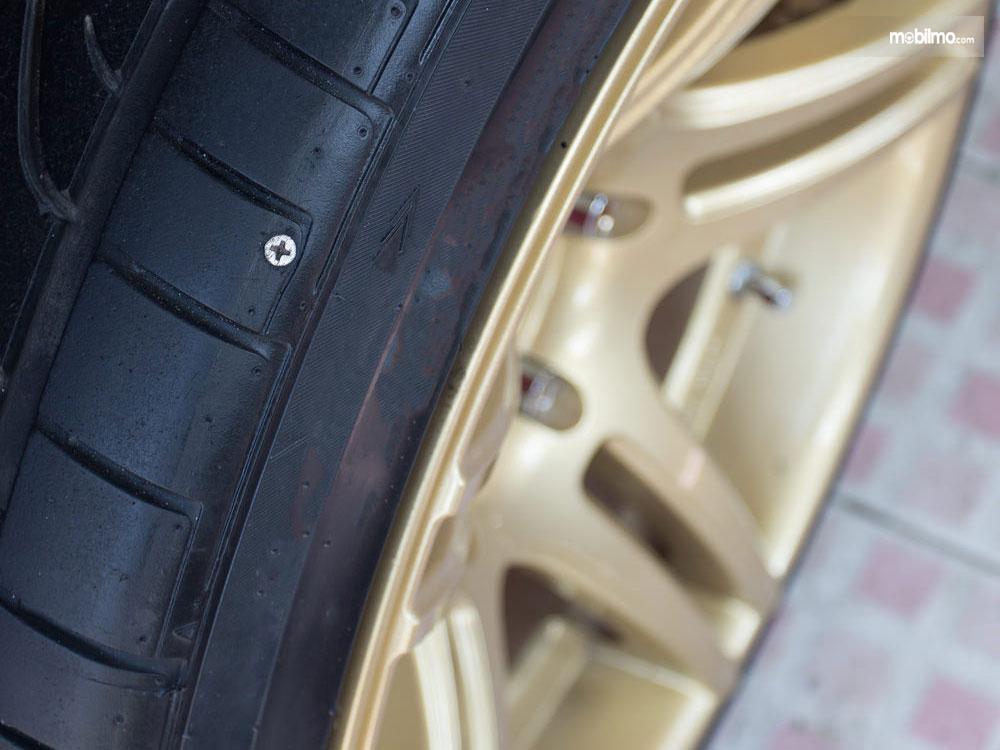 High-quality studding suggests an asymmetric or snake-like arrangement of spikes.
High-quality studding suggests an asymmetric or snake-like arrangement of spikes.
In addition, rubber for winter tires is softer and more elastic, it is visible to the naked eye for an experienced driver. This is easy to determine even by touch, since there is an order of magnitude more rubber in the rubber compound, which allows the tires not to freeze at low temperatures. Summer tires, on the contrary, are more elastic - there is less rubber in them, because in the heat soft tires "float" and do not hold the road. For safety reasons, summer tires are resistant to wear and high temperatures.
During operation, winter tires warm up and therefore do not lose their elasticity and softness. On winter snowy or icy roads, this provides maximum grip, effectively shortening the braking distance. Summer tires cool down at speed, becoming more shaped and firm.
An important quality of rubber, which makes it possible to distinguish between summer and winter tires, is the maximum permissible speed.